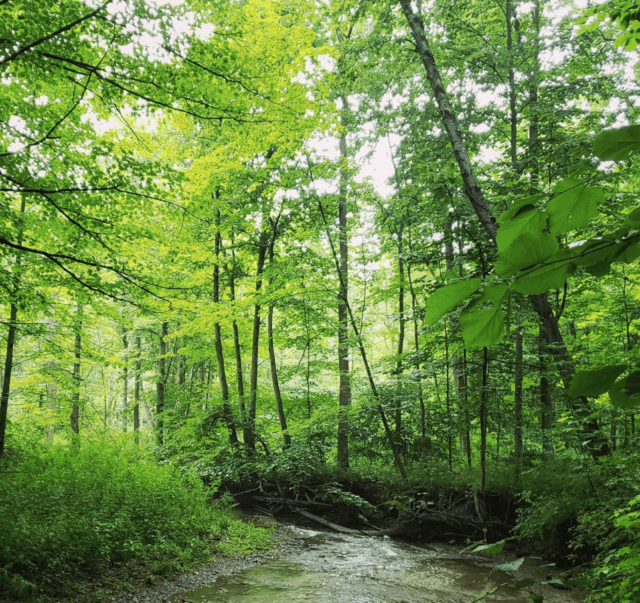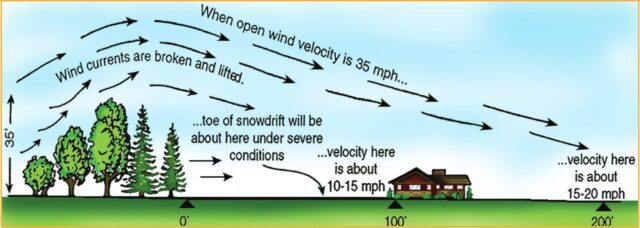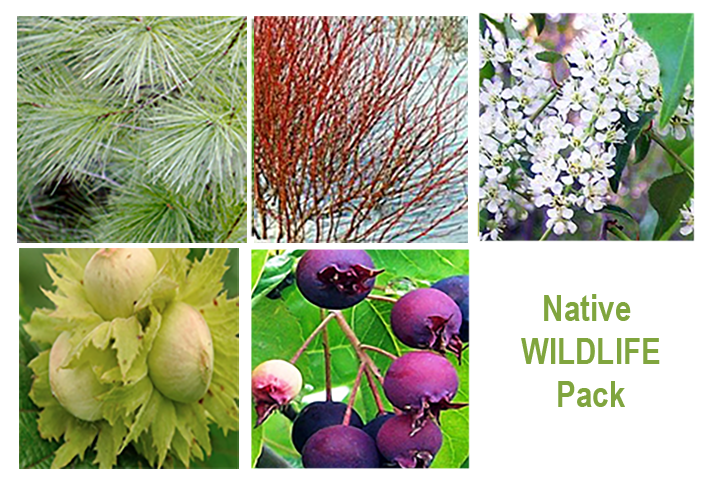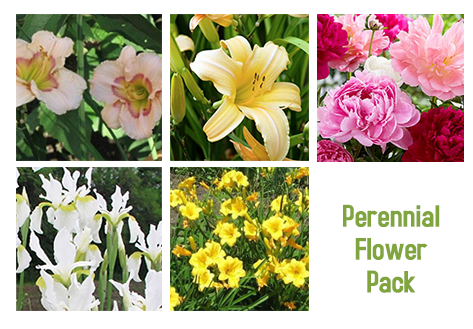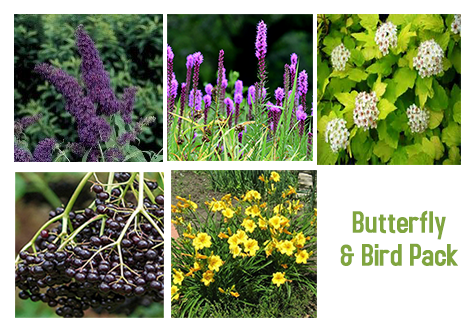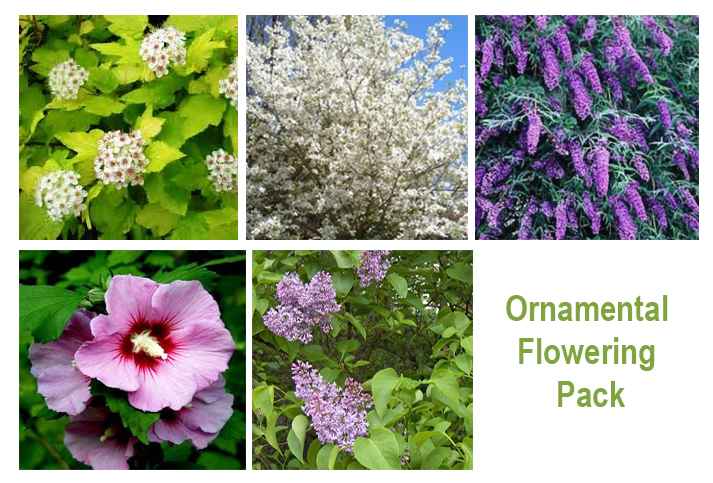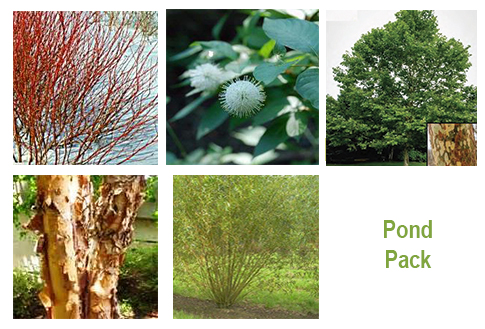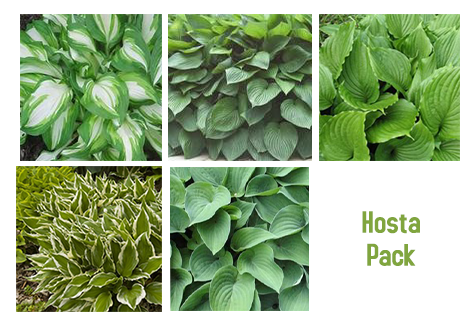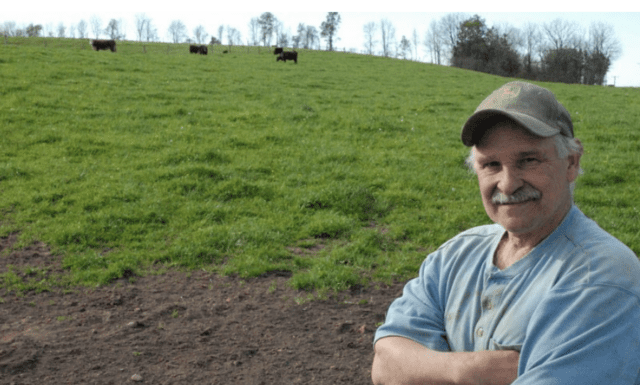 Every March we celebrate spring and agriculture in New York State! Over the next few weeks we’ll focus on different agriculture practices and BMPs. Agriculture is part of our history, heritage, and values, and continues as an important part of our
Every March we celebrate spring and agriculture in New York State! Over the next few weeks we’ll focus on different agriculture practices and BMPs. Agriculture is part of our history, heritage, and values, and continues as an important part of our
culture and rural economy. Ag month is a the perfect opportunity for all of us to better appreciate agriculture’s breadth and beauty!
Pictured above, Steve Olson, of Hidden Canyon Farm, Steve and Susan Olson own and operate a 40 cow/calf beef farm, specializing in high quality meat production located in Lyons, NY

